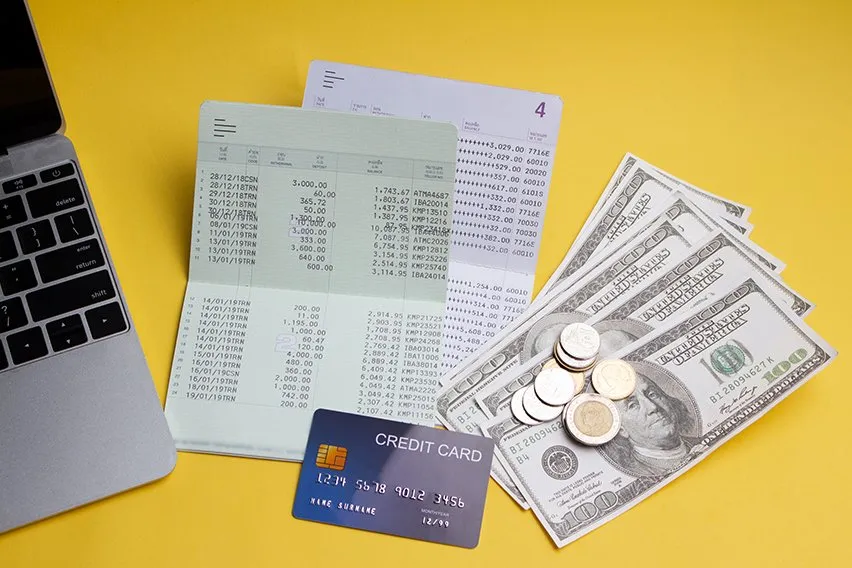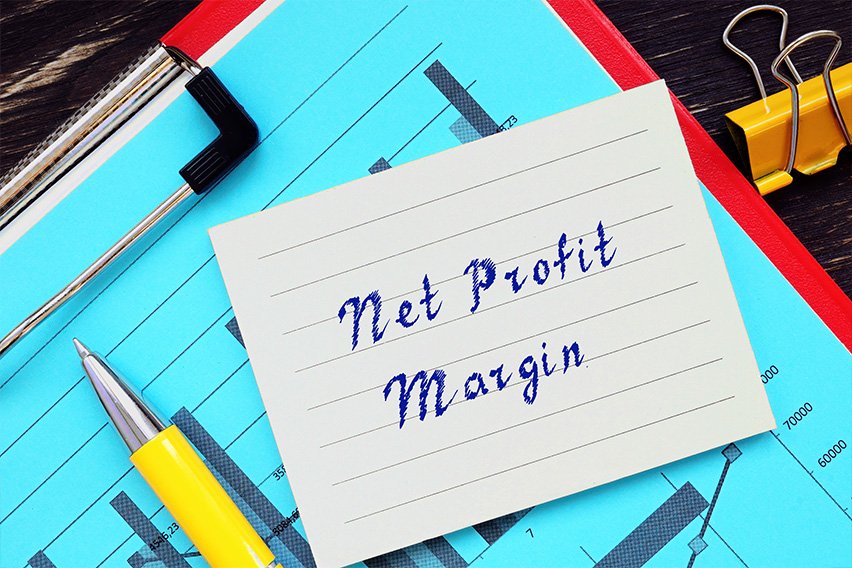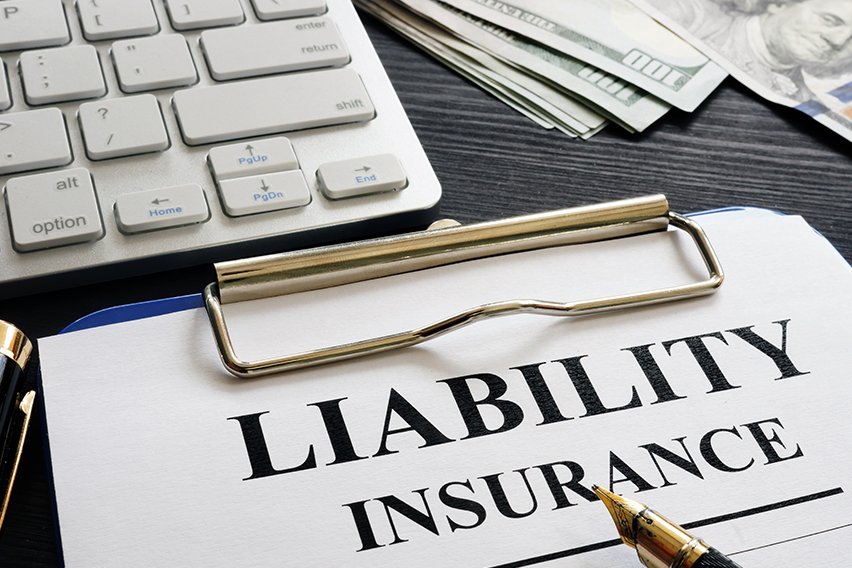What Are Accrued Expenses? Definition and Examples

Accrued expenses are expenses a company accounts for when they happen, as opposed to when they are actually invoiced or paid for. An accrual method allows a company’s financial statements, such as the balance sheet and income statement, to be more accurate.
Here’s What We’ll Cover:
What Are Accrued Expenses on a Balance Sheet?
What Is the Difference Between Accrued Expenses and Accounts Payable?
What Is an Example of an Accrued Expense?
Is an Accrued Expense a Debit or Credit?

What Is an Accrued Expense?
Accrued expenses are expenses a company needs to account for, but for which no invoices have been received and no payments have been made.
Here are some common examples of expenses that can be accrued:
- Interest on loan(s)
- Goods received
- Services received
- Wages for employees
- Taxes
- Commissions
- Utilities
- Rent
What Are Accrued Expenses on a Balance Sheet?
Accrued expenses are reported on a company’s balance sheet. A balance sheet shows what a company owns (its “assets”) and owes (its “liabilities”) as of a particular date, along with its shareholders’ equity.
Accrued expenses would be recorded under the section “Liabilities”. It would look something like this:
Balance Sheet “Liabilities” excerpt:
Current Liabilities:
Wages payable: $21,000
Accounts payable: $46,000
Accrued expenses: $19,000
Taxes payable: $14,000
Total Current Liabilities: $100,000
In the above example, everything but accounts payable are accrued expenses.
Often, accrued expenses must be estimated.
What Is the Difference Between Accrued Expenses and Accounts Payable?
Accrued expenses are expenses a company knows it must pay, but cannot do so because it has not yet been billed for them. The company accounts for these costs anyway so that the management has a better indication of what its total liabilities really are. This will allow the company to make better decisions on how to spend its money.
Accounts payable are debts for which invoices have been received, but have not yet been paid.
Both accrued expenses and accounts payable are accounted for under “Current Liabilities” on a company’s balance sheet.
Once an accrued expense receives an invoice, the amount is moved into accounts payable.

What Is an Example of an Accrued Expense?
Here is an example of when an expense should be accrued or when it should fall under accounts payable.
The Stonemill Company is a bread baking company based out of Fresno, California. It uses organic ingredients in its loaves of bread, which are distributed and sold in 12 states.
In July, one of Stonemill’s machines breaks down. A local repairman comes in to assess the problem, and requests that the company order in a special replacement part from New York. They do so. The part is expressed shipped overnight, and the next day the repairman installs it. Upon completion of the job, the machine works fine. The repairman submits a bill on the spot, and departs.
In this situation:
- The repairman has submitted a bill. As such, that amount does not need to be accrued. The amount for the repairman’s services should be added to any other unpaid invoice amounts and be included in the total “Accounts Payable” line item on Stonemill’s balance sheet.
- The part that was shipped has no invoice associated with it as yet. It needs to be accrued. The amount for the part should be added to all other accruals, and be reflected in the “Accrued Expenses” line item total on the balance sheet.
Is an Accrued Expense a Debit or Credit?
Debits and credits are used in a company’s bookkeeping in order for its books to balance. Debits increase asset or expense accounts and decrease liability, revenue or equity accounts. Credits do the reverse.
When recording a transaction, every debit entry must have a corresponding credit entry for the same dollar amount, or vice-versa.
Let’s give an example, using the Stonemill company again.
Stonemill reaches the end of August, and its employees have done work that they have not yet been paid for. The amount of the unpaid wages totals $31,000. This would be considered an accrued expense. As such, Stonemill’s’ bookkeeper would:
- Debit $31,000 to “Wage Expenses” (reflected on a company’s income statement under “Operating Expenses”)
- Credit $31,000 to “Wages Payable” (this would show up under “Short Term Liabilities” on the balance sheet).
For more on debits and credits, please consult “What Is a Debit and Credit?”
RELATED ARTICLES

 Cloud Accounting: What It Is, How It Works And Its Benefits
Cloud Accounting: What It Is, How It Works And Its Benefits How to Make Chart of Accounts: Tips for Small Business
How to Make Chart of Accounts: Tips for Small Business How To Calculate Net Profit Margin: Formula and Example
How To Calculate Net Profit Margin: Formula and Example What Are Assets and Liabilities: A Primer for Small Businesses
What Are Assets and Liabilities: A Primer for Small Businesses Accounting for Entrepreneurs: A Guide for Small Business
Accounting for Entrepreneurs: A Guide for Small Business What Is a Journal Entry in Accounting?
What Is a Journal Entry in Accounting?